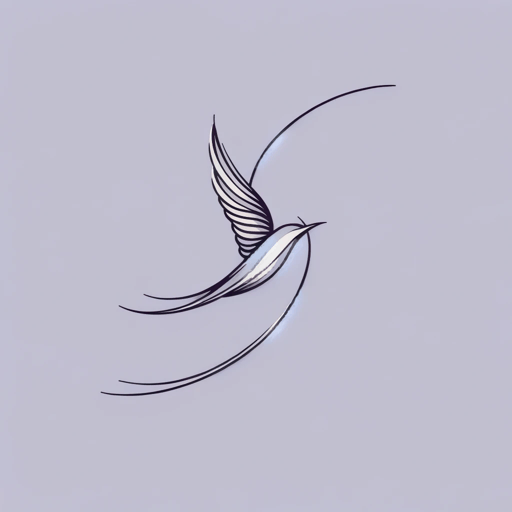16 pages • 32 minutes read
William WordsworthTo the Skylark
Fiction | Poem | Adult | Published in 1825A modern alternative to SparkNotes and CliffsNotes, SuperSummary offers high-quality Study Guides with detailed chapter summaries and analysis of major themes, characters, and more.
Literary Devices
Form/Meter
The poem takes the form of a lyric ballad made up of three stanzas. It follows an ABAB CC rhyme scheme, with four lines of alternating rhymes and a rhyming couplet at the end of each stanza. The lyrical ballad form is appropriate to the content of the poem, as the ballad is musical and much of the poem’s content is concerned with the singing of the skylark. What is more, both the poem’s speaker and the bird have forms of expression that are, in essence, melodious and musical in style, further deepening the affinity between the speaker and their subject, as well as the poem’s form and content.
The ballad form is typical of much of Wordsworth’s non-narrative poetry. This poem shares stylistic characteristics with much of his earlier (and more famous) lyric works.
Anthropomorphism
The poem’s speaker uses a degree of anthropomorphism when depicting and addressing the skylark, meaning that they humanize the bird. The speaker’s manner of addressing the bird directly creates a sense of potential dialogue between them—or, at the very least, suggests that the bird can be spoken to in a way usually associated with human beings.
Related Titles
By William Wordsworth

A Complaint
William Wordsworth

A Slumber Did My Spirit Seal
William Wordsworth

Composed upon Westminster Bridge, September 3, 1802
William Wordsworth
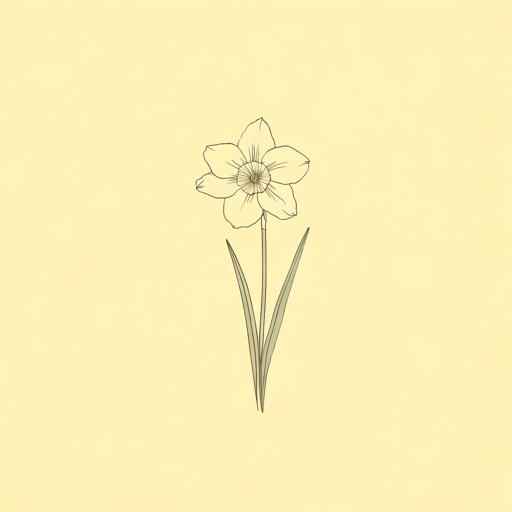
Daffodils
William Wordsworth
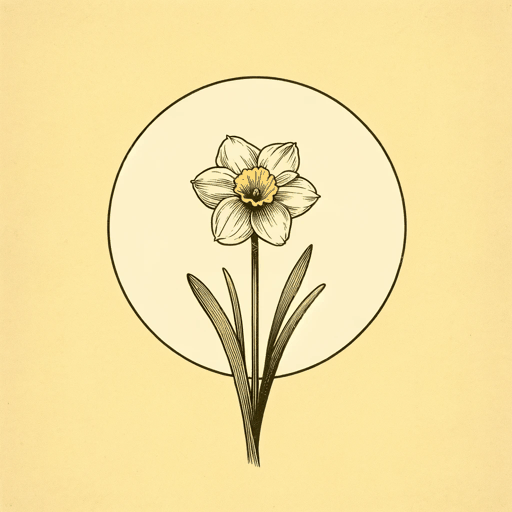
I Wandered Lonely as a Cloud
William Wordsworth
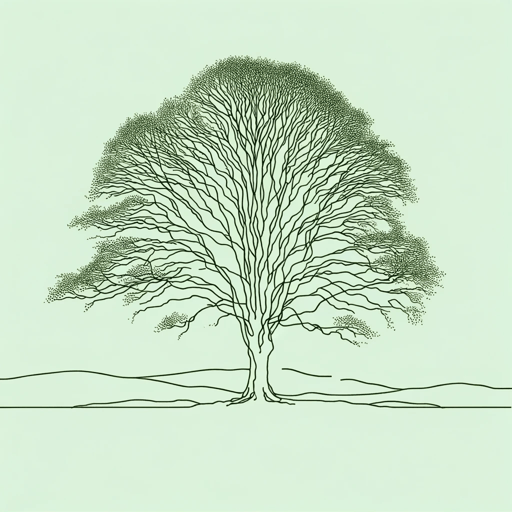
Lines Composed a Few Miles above Tintern Abbey ...
William Wordsworth
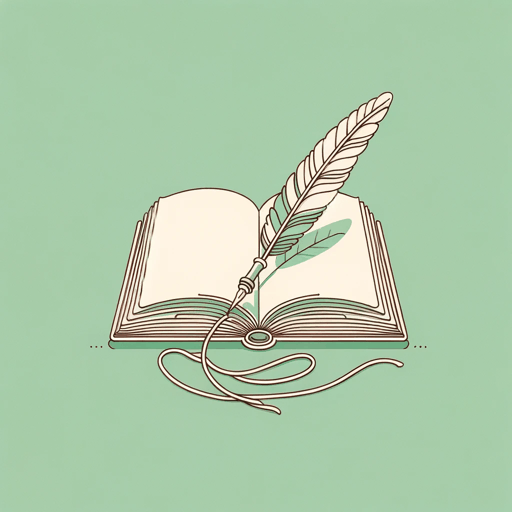
London, 1802
William Wordsworth

Lyrical Ballads
William Wordsworth
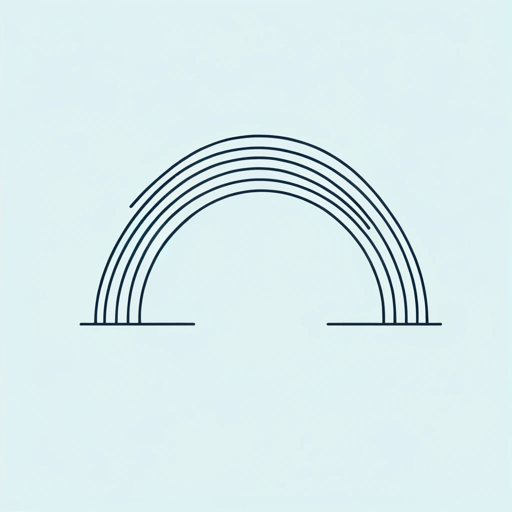
My Heart Leaps Up
William Wordsworth
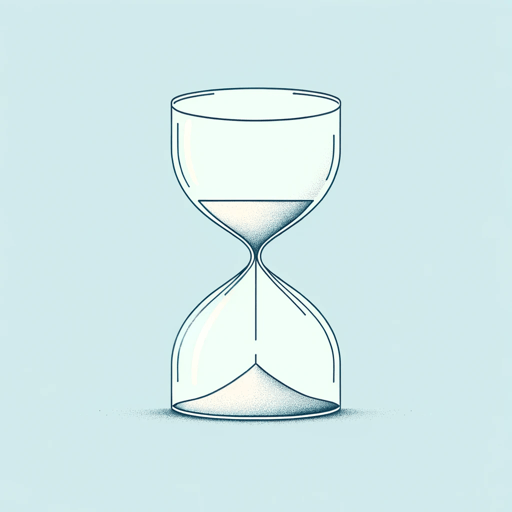
Ode: Intimations of Immortality from Recollections of Early Childhood
William Wordsworth
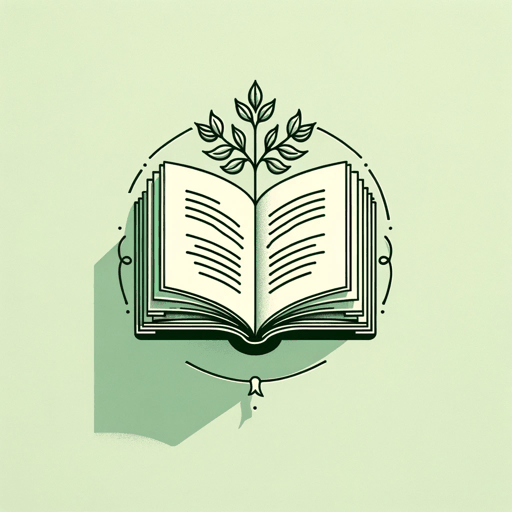
Preface to Lyrical Ballads
William Wordsworth

She Dwelt Among The Untrodden Ways
William Wordsworth
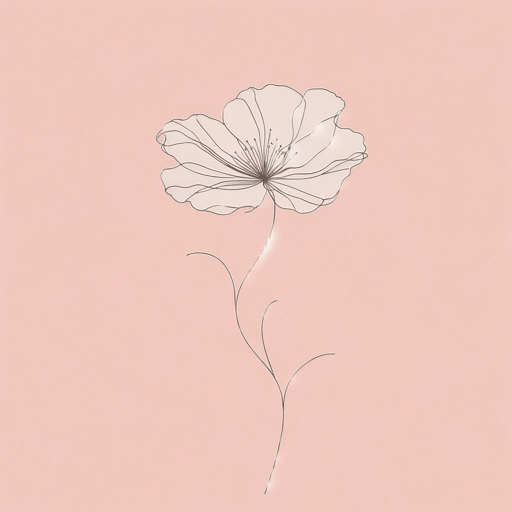
She Was a Phantom of Delight
William Wordsworth

The Prelude
William Wordsworth
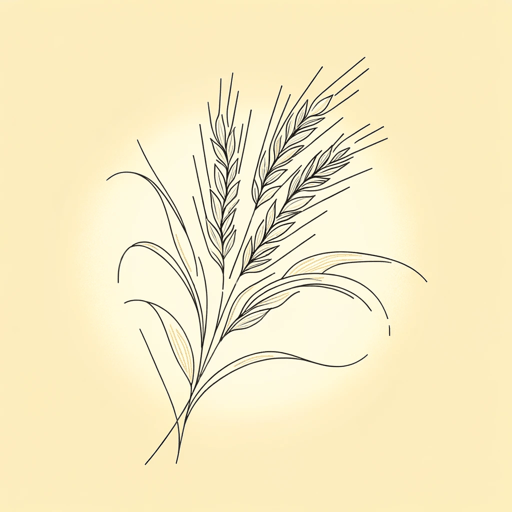
The Solitary Reaper
William Wordsworth
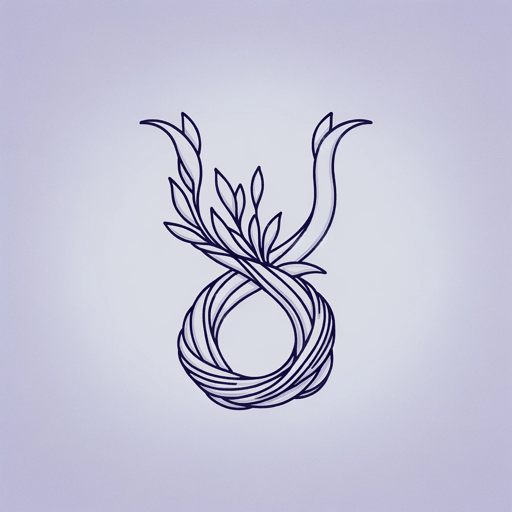
The World Is Too Much with Us
William Wordsworth

We Are Seven
William Wordsworth
